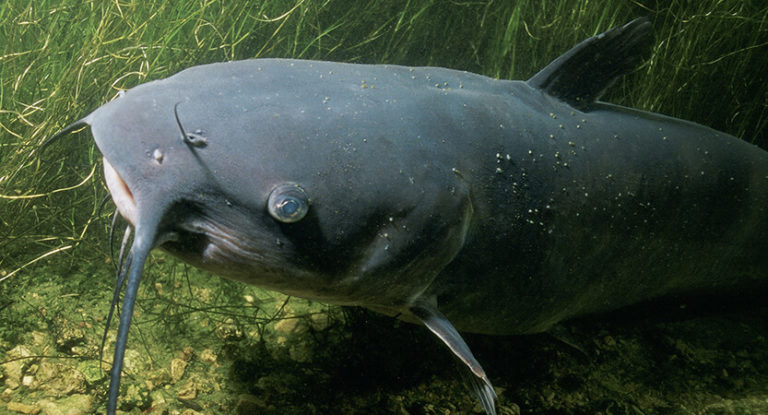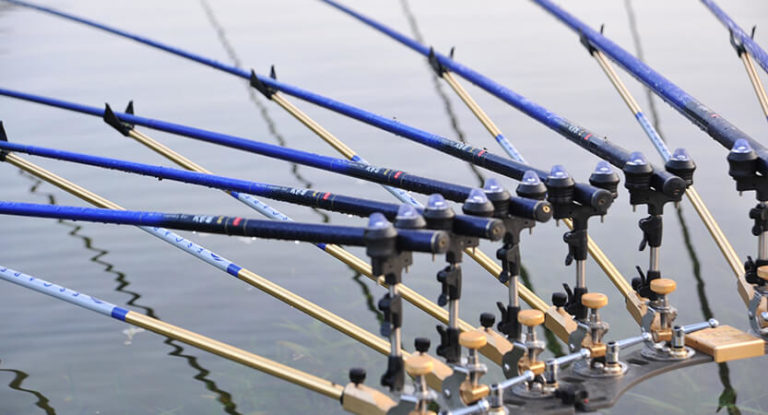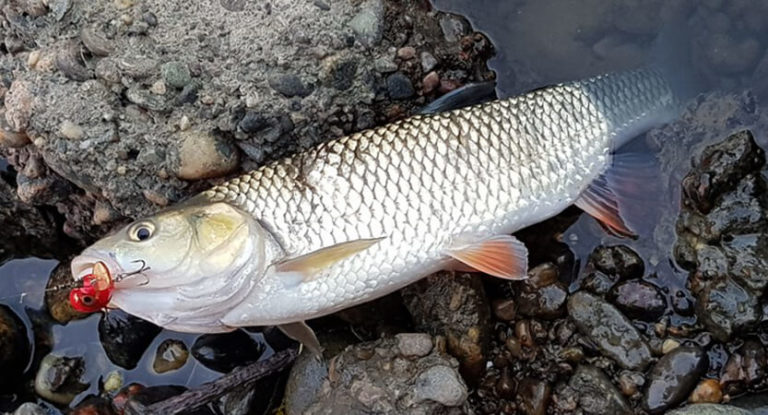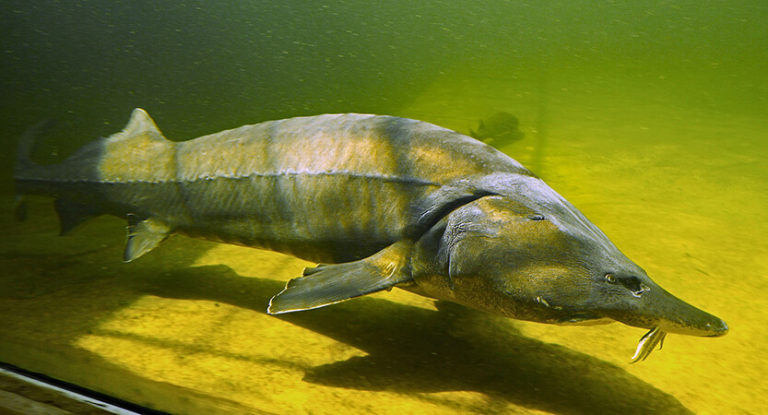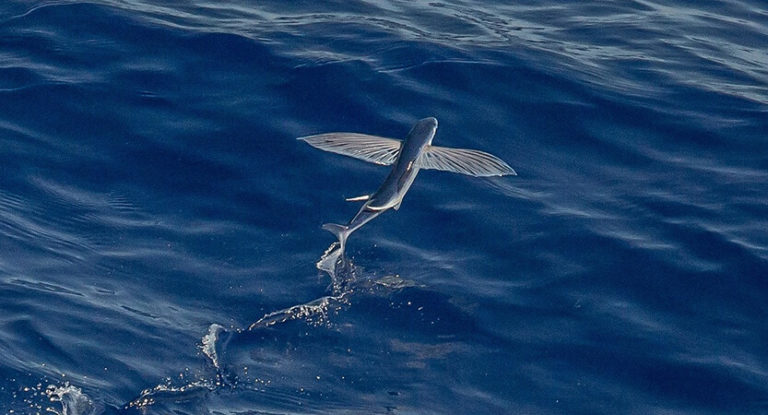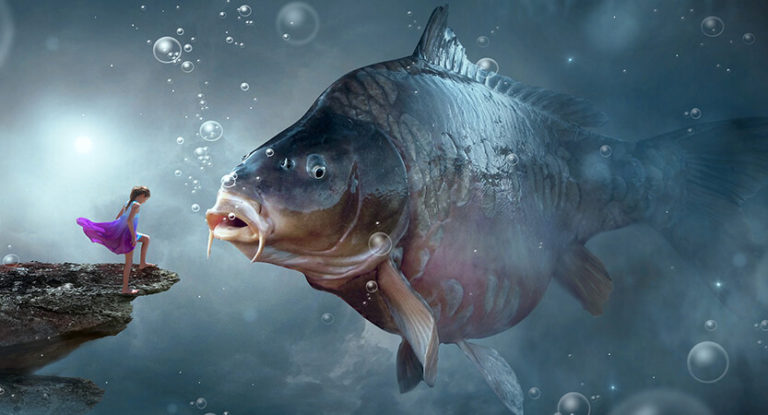One of the most popular fish among fishermen. There are reservoirs where only perches live. The size of the fish can reach more than 50 cm in length and about 5 kg in weight. The maximum size is recorded at 6.5 kg.
Here is an overview of the content of this tutorial, feel free to jump to any section you care about:
For more fishing instructions, take a look at these popular Trizily links: Sockeye Salmon Fishing, Squid Fishing.
- The 7 best underwater fishing cameras 2022
- The 9 best fishing lines 2022
- The 7 best fishing sunglasses 2022
- The 7 best spinning reels 2022
Perch Fishing
Characteristics of perch
Large individuals live separately, but small and medium-sized fish can form huge schools. Most often live in small groups. The fish is unpretentious and can live in different environmental conditions: from large rivers to small shallow lakes. Ichthyologists do not distinguish separate subspecies of perch, but it is known that in some reservoirs, due to nutritional conditions, dwarf, tuberous forms are formed.
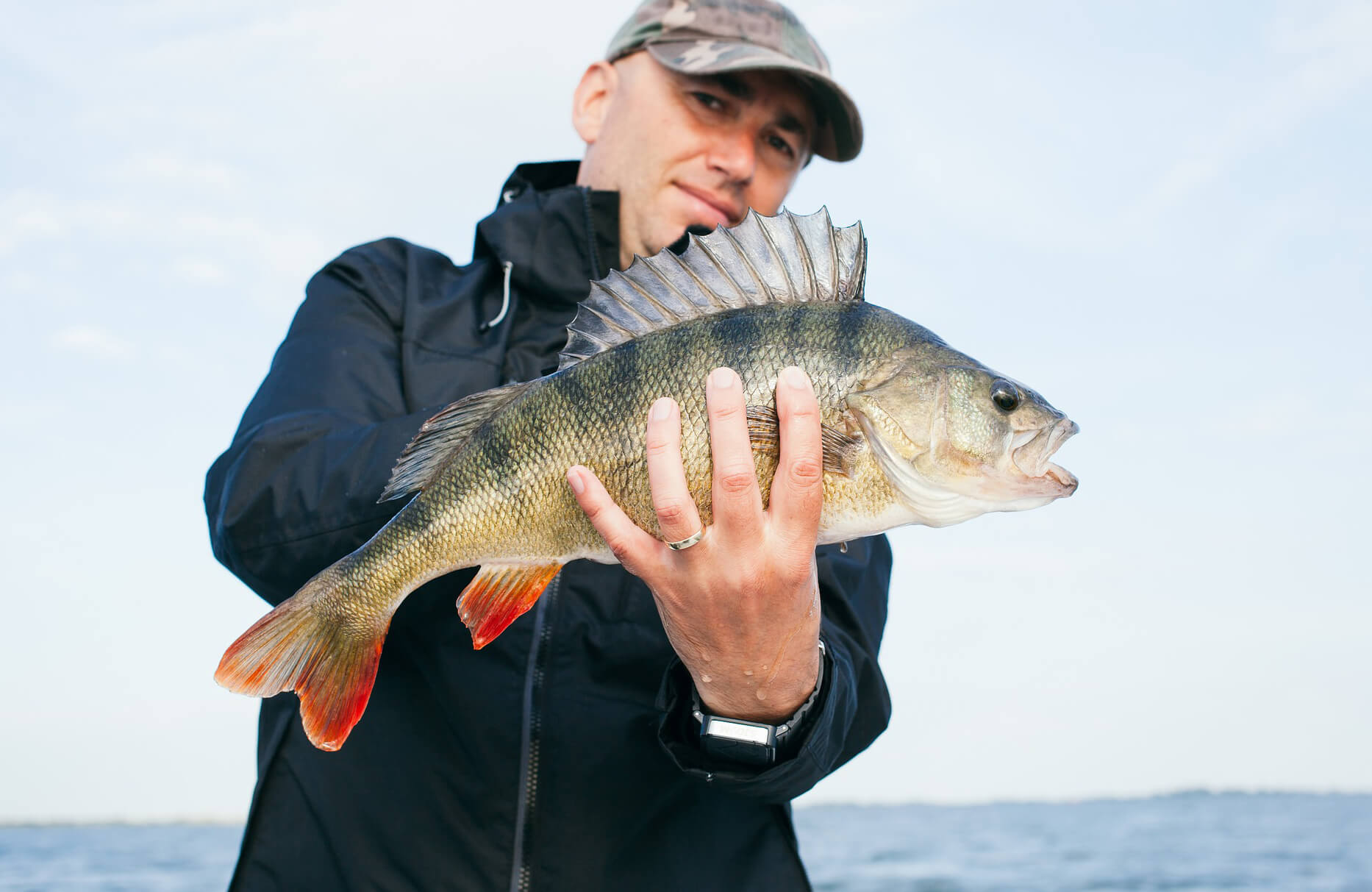
Reproduction habits
The perch becomes sexually mature at the age of 2-3 years. Due to the presence of dwarf forms, in many reservoirs, it is difficult to distinguish adult fish from young animals. Depending on the region spawning in February – June. Lays eggs on last year’s vegetation. Spawning lasts for two weeks, one-time. In case of adverse conditions, spawning may linger or, in general, the females lay their spawns until the next year.
Perch fishing guide: Techniques, bait and gear
Perch fishing techniques
Perch actively responds to almost all types of gear using animal baits or their imitations. It is caught on float, spinning, bottom, trolling, fly fishing gear. In addition, perch is one of the main objects of fishing for winter gear.
Spinning for perch
Catching perch on a spinning rod, one of the most fascinating and popular types of fishing. Spinning fishing for perch is so fascinating and popular that many anglers consciously switch to fishing for this fish. This is an excellent fishing object when fishing for light and ultra-light gear. Spinning rods with a weight test up to 7-10 g are suitable for this. Specialists in retail chains will recommend a large number of different lures.
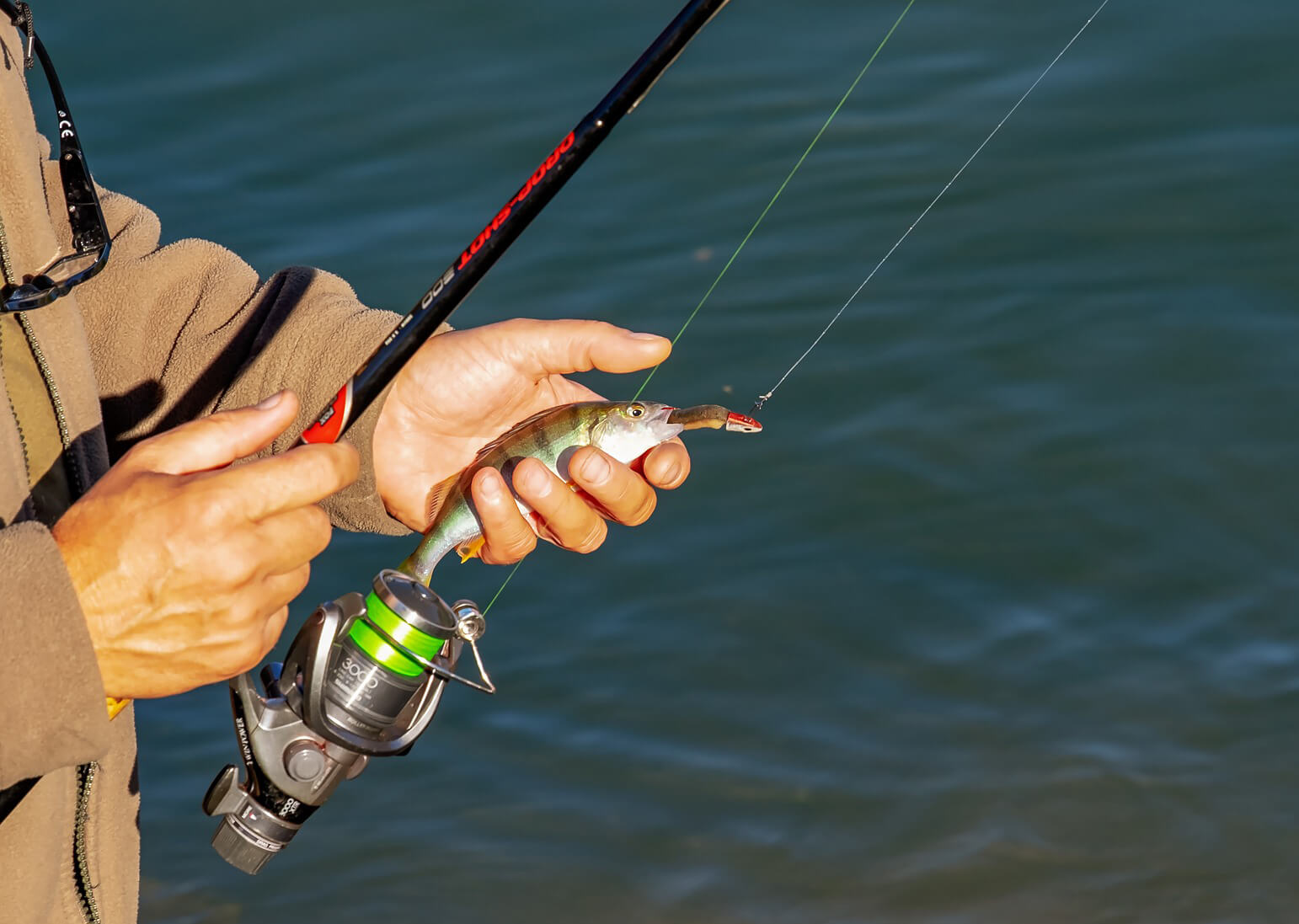
The choice of cord or monolesque depends on the desires of the fisherman, but the cord, due to its low extensibility, will enhance the manual sensation of contact with the biting fish. The reels must match the weight and size of the lightweight rod. Perch is known for its flock hunting. On large expanses of rivers and reservoirs, fishers chase after him in search of “boilers.” Fishing for perch on the “popper”, on the spills or on the coastline during the evening “driven hunting” for fry is no less exciting.
Catching perch on float gear
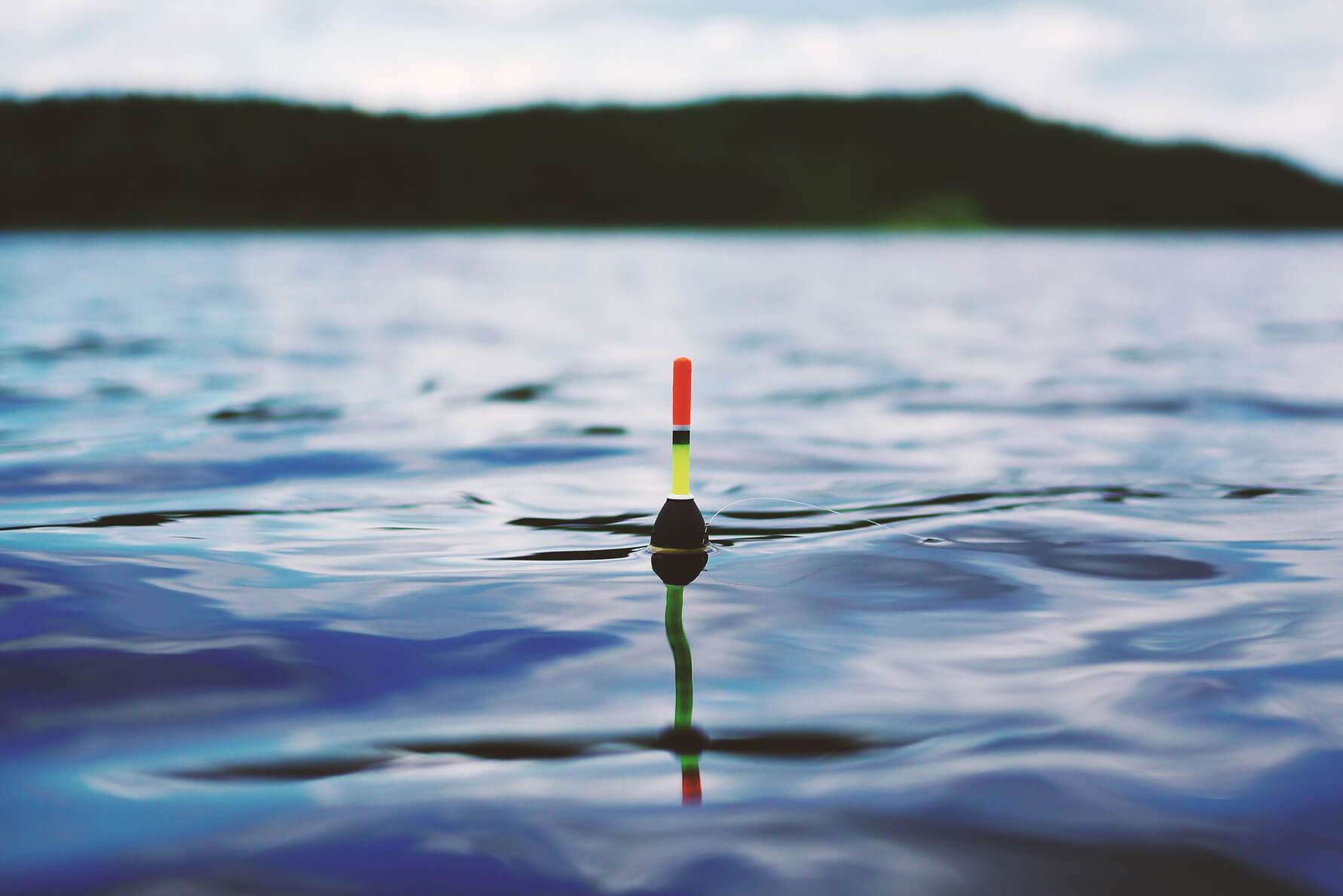
Perch is often caught in float gear in the form of by-catch for other fish. Wherein? it is quite possible to catch it purposefully. When fishing for live bait, larger floats and hooks will be needed. Accordingly, the equipment will be more “rough” than when catching other medium-sized fish with a worm or bloodworm. Some local fishermen use the live bait fishing method to capture trophy specimens. For long casts you may need rods with “running equipment”. To do this, use long gear. On small, overgrown rivers, Fishing rods with inertial reels may be more useful. In stagnant bodies of water, where perch prevails, it bites well on ordinary float tackle using traditional worm-shaped attachments. In all seasons, perch actively reacts to bait with animal additives.
Winter perch fishing
Fishing perch for winter tackle is a separate chapter in fishing hobbies. Perch is active throughout the year, but in winter it is the most popular fishing item. For fishing, the whole range of winter fishing tackle is used: from lanterns and float fishing rods to fishing rods for lures and “reelless”. The popularity of catching perch from ice provided the basis for various tournaments. Which, in turn, pushed the fishing industry, and therefore it is rather difficult to list all kinds of fishing rods and lures for fishing this fish.
Catching perch on other gear
Perch is actively caught on various types of installation gear using a live bait nozzle. It can be various donka, “circles”, measures and so on. Of these, the most exciting and fascinating, justifiably, is considered to be fishing “on the circles.” These methods can be caught both in stagnant water bodies and in slowly flowing large rivers. Fishing is very active. On the surface of the reservoir several gears are installed, for which you need to constantly monitor and change live bait.
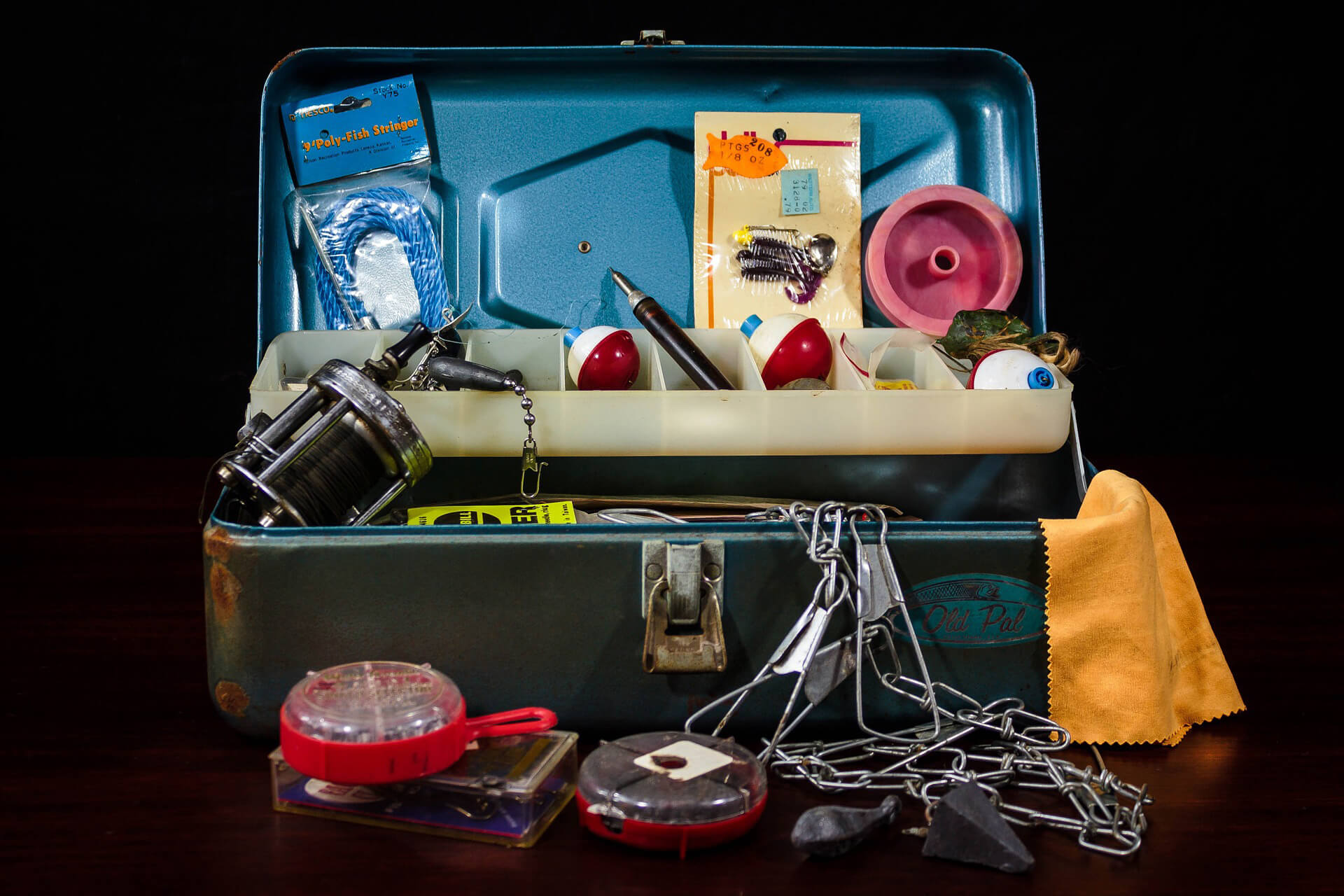
Fans of such fishing use a lot of devices for storing bait fish and gear. For example, you can mention special cans or buckets with aerators of water in order to keep bait as long as possible. Large perch, along with zander and pike, is caught by trolling. Almost everywhere, perch reacts actively to fly fishing lures. In many regions, it is the main object of fishing, along with roach, on this tackle. For fishing use traditional fly fishing gear used to catch medium-sized fish that respond to small baits. These are one-handed middle-class rods.
In the case of using larger streamers, it is possible to use cords and rods of class 7. Perch is not very careful, in addition, fly fishing often use steaming or heavy lures, and therefore cords with short “heads” are suitable for casting. Perch is perfectly caught in imitation of underwater invertebrates using long-range fishing rods equipped with equipment such as a drowning “bombard” and dozens of original tackles.
Perch fishing bait
Perch actively reacts to bait mixtures containing animal protein and additives from chopped worm, bloodworm, tubule or maggot. Therefore, it often comes in the form of “by-catch” when fishing on “white fish”. In winter, perch is fed with a bloodworm. Nozzles, both in winter and summer, are animal nozzles, including larvae of terrestrial and underwater invertebrates.
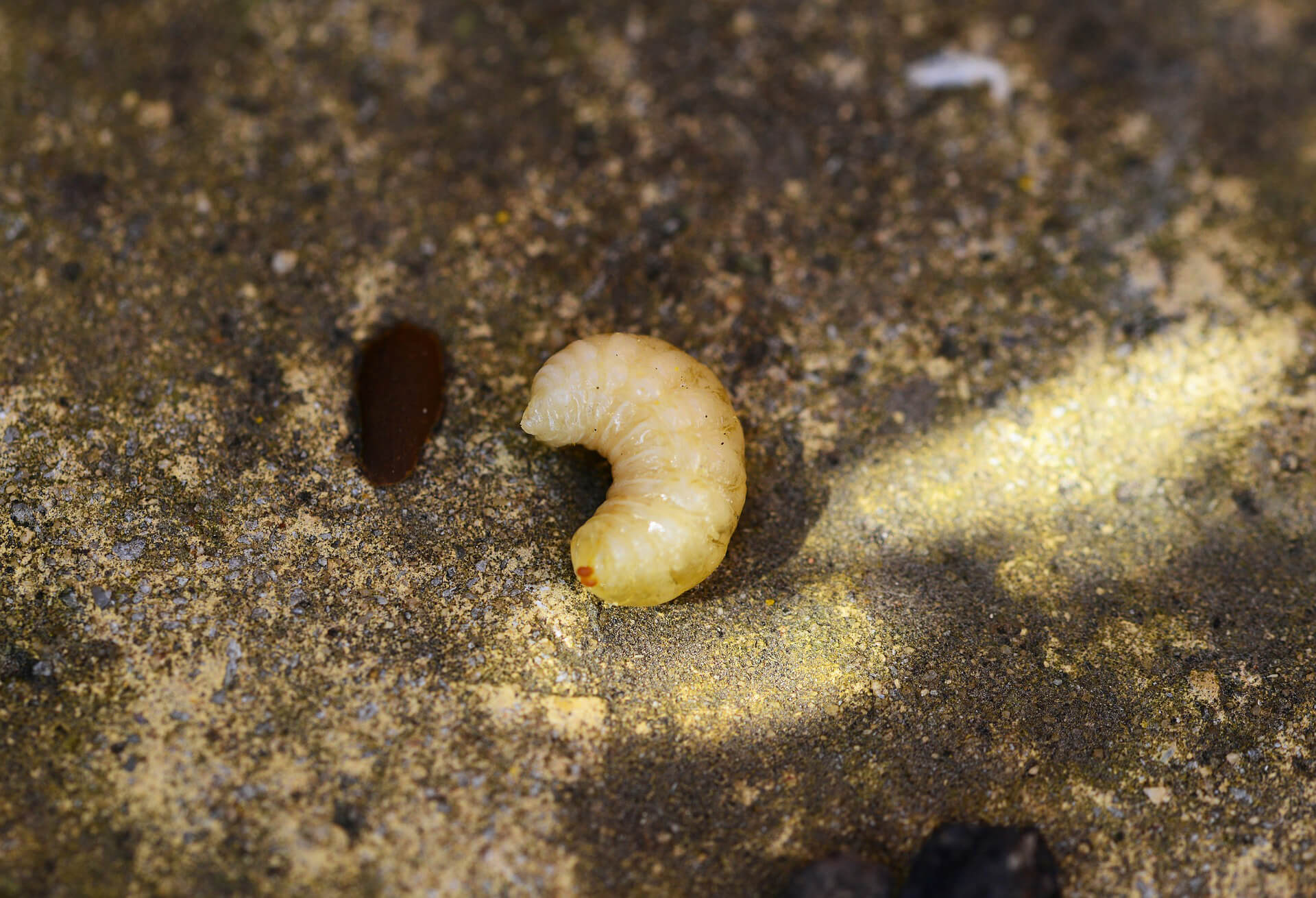
Perch reacts very rarely to plant tips. For fishing on artificial spinning lures, various oscillating, spinning lures are used; various combined lures, such as spinner bates; silicone imitations of fish and invertebrate worms; surface lures and various wobblers. For plumbing or “dragging” along the bottom, the use of sheer baits is possible, even in the summer, for example, balancers. In winter, in addition to a huge number of gammarus lures and balancers, various “devils”, “goats”, “carrots” are used. Often, “nymphs” and “snag” are suspended from gammarus (freshwater shrimp) and spinners.
Depending on the conditions and time of the year, the perch responds to most fly fishing lures, corresponding in size to its food: from “dry flies” to streamers. It should not be forgotten that a large part of the diet of small perch is made up of various invertebrates and their larvae, including worms. Imitations of these animals are most successful in catching the “striped robber.”
Perch fishing place
It lives in the rivers of all Europe. There are reservoirs where perch is represented as the only species of ichthyofauna. It was absent in the Amur basin, but acclimatized in some reservoirs. The southern border of the habitat is located in the basin of the reservoirs of Iran and Afghanistan. Perch is easily acclimatized, because it is settled in Australia and other regions unusual for the natural habitat.

